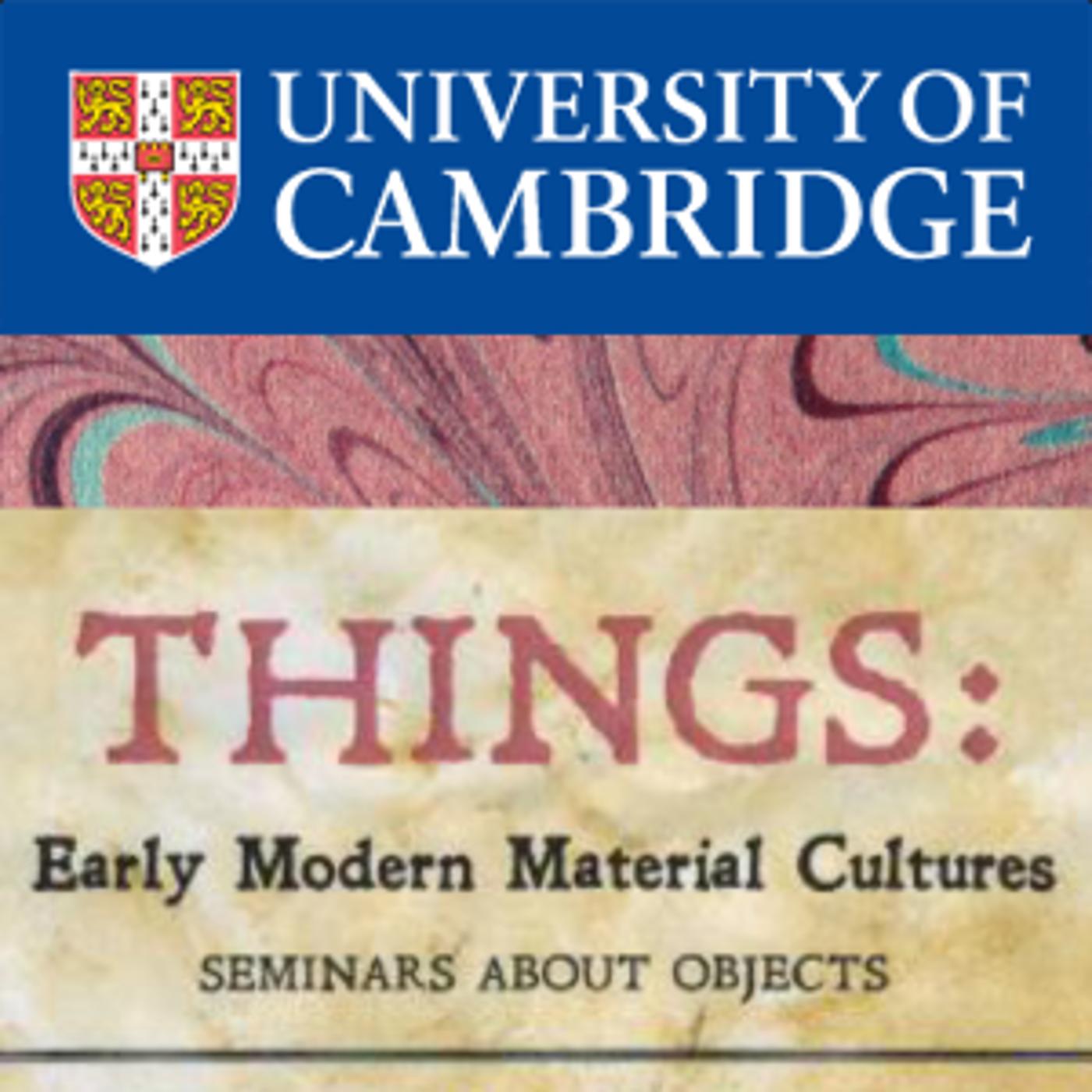Things - 30 May 2018 - Objects of Knowledge
Description
Professor Neil Kenny (University of Oxford)
Edwin Rose ( University of Cambridge)
Abstracts
Professor Neil Kenny
The mineral-hunters: Martine de Bertereau and her husband Jean du Chastelet
One kind of object dominated not just the life of Martine de Bertereau (1590–1643), but also her family’s past and so to an extent her social identity: minerals. Little wonder, then, that she married a fellow mineralogist, Jean du Chastelet. They spent their years and their resources prospecting throughout Europe, on a vast scale, before dying in Richelieu’s dungeons. What economic, social, epistemic, and also cultural and narrative frames did their object of choice impose upon them? And what does their singular pursuit of minerals tell us about the relation between knowledge, family, gender, and social hierarchy in early seventeenth-century France?
Neil Kenny is Professor of French at the University of Oxford and Senior Research Fellow at All Souls College, Oxford. His publications include The Uses of Curiosity in Early Modern France and Germany (2004) and an earlier book on the word history of the ‘curiosity’ family of terms. His last monograph was Death and Tenses: Posthumous Presence in Early Modern France (2015). He is currently completing a book called Literary Families and Social Hierarchy in Early Modern France. The example he is discussing today grows out of that project, but is not included in it.
Edwin Rose
Collecting natural history in late eighteenth-century Britain
The late eighteenth century witnessed a distinct rise in natural history collecting, both on a commercial and a scholarly level, alongside a growth in travel by naturalists, the main object of which was for them to acquire natural history specimens for their collections and record their observations of the natural world. One of the most prolific naturalist-travellers was Thomas Pennant (1726–98), whose collection remains intact and is primarily held by the Natural History Museum, London. In this paper, I give a general overview of Pennant’s collecting activities, examining his working practices in the field along with how he synthesised the information and objects he collected to compile his seminal work, British Zoology. This lavishly illustrated publication reached multiple editions from 1766 to 1812. Pennant’s collection was compiled from taxidermy, primarily birds and quadrupeds, from around the globe; shells, fossils, minerals, a small herbarium of dried plants, and a library which amounted to over 10,000 volumes, all of which he kept at his home at Downing Hall, Flintshire, North Wales. Pennant’s natural history collection was rigorously organised according to a variety of different systems of classification, such as that devised by John Ray (1627–1705) and that developed by Carl Linnaeus (1707–1778) from the 1730s. The understanding of the connections between this large collection of physical objects, Pennant’s travels and his publications gives a direct insight into how these physical objects were used to create natural knowledge during the late eighteenth and early nineteenth centuries.
Edwin Rose is currently a PhD candidate in the department of History and Philosophy of Science at the University of Cambridge. His interests are primarily concerned with the history of natural history, collecting and bibliography from the mid seventeenth to the mid nineteenth centuries, although the main concentration of his current research rests in the period between 1750 and 1830. Edwin has published widely on the history of natural history, in particular on the collections of Sir Hans Sloane (1660–1753) and the British Museum, and his most recent article entitled ‘Specimens, slips and systems: Daniel Solander and the classification of nature at the world’s first public museum 1753–1768’ was published in the British Journ
More Episodes
Dr Jane Partner (Cambridge)
Dr Irene Galandra Cooper (CRASSH, Cambridge)
Abstracts
Dr Jane Partner
Reading the Early Modern Body: The Case Study of Textual Jewellery
This paper presents part of the initial research for the book Reading the Early Modern Body, which seeks to bring together the...
Published 06/14/18
Published 06/14/18
Professor Regina Lee Blaszczyk (University of Leeds)
Professor Regina Lee Blaszczyk
The Secret Life of a Colour Card
Who decides the colours of the seasons, and why? This presentation explores the hidden history of colour prediction for the creative industries by exploring how a shade card is...
Published 05/23/18


